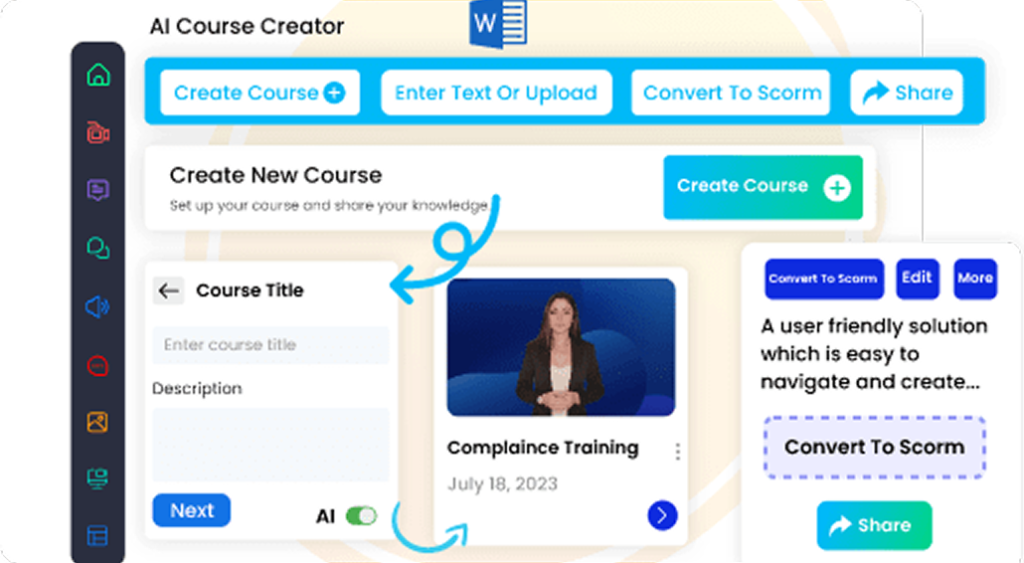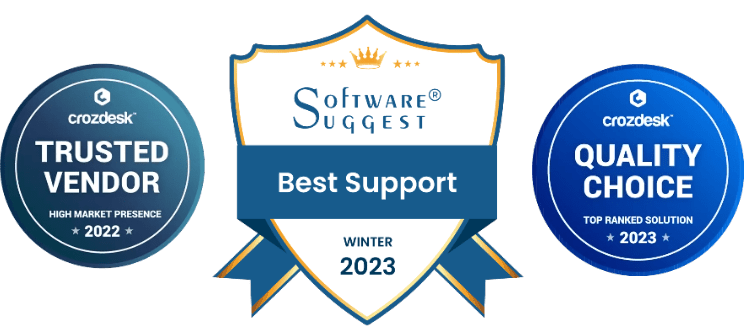What Is an Online Course Catalog?
An online course catalog is a digital list where learners can browse, select, and enroll in courses. It includes details like:
- Course descriptions
- Prerequisites
- Enrollment options
- Duration
The catalog is usually part of a Learning Management System (LMS) or a separate platform.
Benefits of an Online Course Catalog
Enhanced Learner Autonomy
Learners can browse and choose courses on their own time. They don’t need to wait for approval or assistance, making it easier to fit learning into their schedule.
Streamlined Enrollment Process
With an online catalog, students can register for courses instantly, access materials right away, and get automatic reminders, which makes the process faster and less prone to errors.
Centralized Information Hub
All course information is in one place. Learners can easily compare courses, find the necessary details, and make decisions faster.
Scalability and Reach
Online catalogs break down geographic barriers. Institutions can offer courses to a global audience without worrying about physical space or infrastructure.
Data-Driven Insights
Online catalogs provide data on which courses are most popular, which helps institutions adjust their offerings. This data makes it easier to meet learners’ needs.
Improved Learner Engagement
Features like course previews, reviews, and ratings help increase engagement. Learners can get a feel for the course before enrolling, which boosts confidence and conversions.
Cost and Resource Efficiency
Digital catalogs reduce the need for printed materials and manual registration. This cuts costs and administrative work, freeing up resources for improving course quality.
Benefits of an Online Course Catalog
Institutions with online catalogs have reported:
- A 30% increase in course enrollments.
- Higher learner satisfaction.
- Reduced administrative costs.
These outcomes show how effective online course catalogs can improve remote learning.
Conclusion
An online course catalog helps learners make informed choices, enroll quickly, and engage more. It also saves time and resources for institutions. As remote learning grows, having a strong online catalog is essential for staying competitive and meeting learners’ needs.























